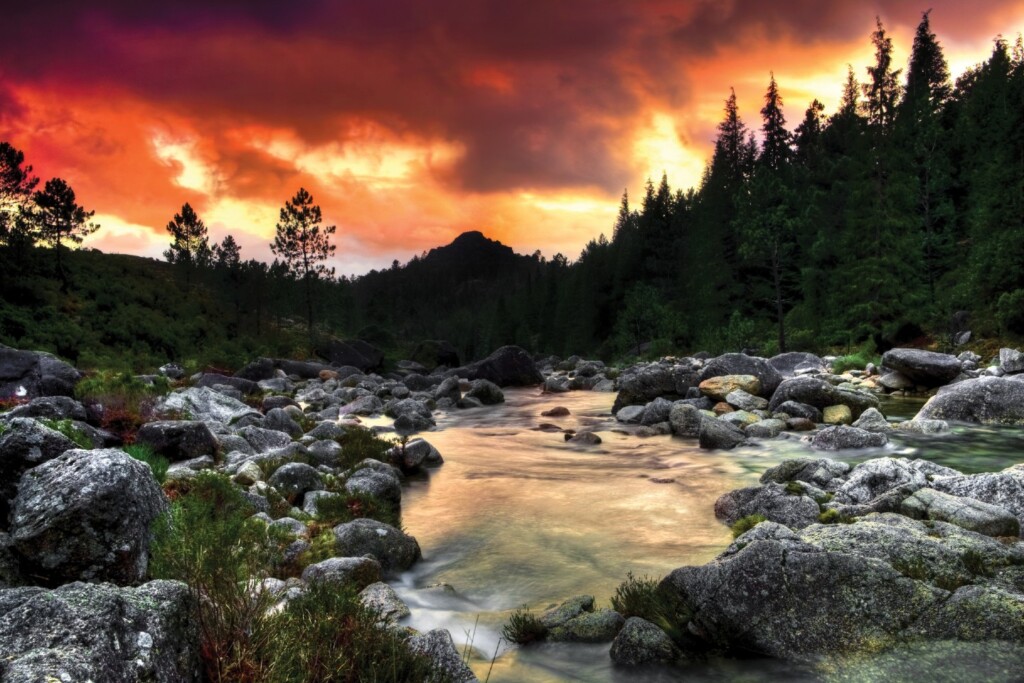What are phenomena? They’re observable, naturally occurring events that are everywhere. A sunset, your breath on a cold morning, and the fizz of baking soda and vinegar are all phenomena.
Scientists build on knowledge to explain or predict phenomena; engineers design solutions to problems that arise from phenomena. And in the classroom? Phenomena are engaging opportunities for the three-dimensional teaching and learning that are core to the NGSS.
Each of the short videos in this gallery invites students to observe a phenomenon that sparks curiosity and can prompt student-generated questions. Use these questions as lead-ins to lessons and investigations. Then guide students to apply scientific and engineering principles, crosscutting concepts, and disciplinary core ideas to explain the phenomenon–just as scientists do.
Phenomena Videos
Phenomena-based activities for high school

Carolina Kits 3D® Flex Digital provides teaching and learning resources for high school—level biology, chemistry, or earth and space science labs that work toward meeting the Next Generation Science Standards*. Each Flex Digital investigation starts with a phenomenon and reviews students’ prior knowledge. Detailed lab videos allow students to make observations, collect data, and then share results virtually with peers.
Phenomena-based kits for elementary and middle school

Building Blocks of ScienceTM 3D can help you confidently teach the three-dimensional lessons called for by the Next Generation Science Standards for grades K—5.

Smithsonian Science Education programs offer coherent story lines, proven results, and teacher support for grades K—8 instruction.

Carolina’s expert scientists and science educators are reengineering the OpenSciEd middle school units to provide an easier path to implementation while maintaining the standards for high-quality instructional materials.
Phenomena-Based Digital Lessons
If you are looking for a little more of a guided-inquiry approach with the phenomena videos, these lessons can help. Ask students to observe the DCI-linked phenomenon in the video and complete the student sheet prior to discussions.
Investigating Phenomena: Why Does the Candle Relight
Investigating Phenomena: How Do Earthworms Move
Investigating Phenomena: Why Do Fish Swim in Schools
Investigating Phenomena: How Does Structure Relate to Function
Investigating Phenomena: What Causes the Colored Solution
Investigating Phenomena: What Causes the Dry Ice Explosion
Investigating Phenomena: What Causes the Whoosh
Investigating Phenomena: What Is Elephant Toothpaste
Investigating Phenomena: How Can the Sun Set at Midnight
Investigating Phenomena: How Does a Platypus Find Food
Investigating Phenomena: How and Why Do Birds Coordinate Flight
Investigating Phenomena: How Do Bacteria Survive Harsh Conditions
Investigating Phenomena: Why Does Hot Water Freeze Faster
Investigating Phenomena: What Is Bioluminescence
Investigating Phenomena: How Do Plants Grow
Investigating Phenomena: What Causes Flowers to Open
Investigating Phenomena: How Is the Silver Formation Explained
Investigating Phenomena: What Causes pH Color Changes
Investigating Phenomena: Why Do Bees Dance
Investigating Phenomena: How Can You Balance an Object
*Next Generation Science Standards® is a registered trademark of Achieve. Neither Achieve nor the lead states and partners that developed the Next Generation Science Standards were involved in the production of, and do not endorse, these products.
About The Author
Carolina Staff
Carolina is teamed with teachers and continually provides valuable resources–articles, activities, and how-to videos–to help teachers in their classroom.



